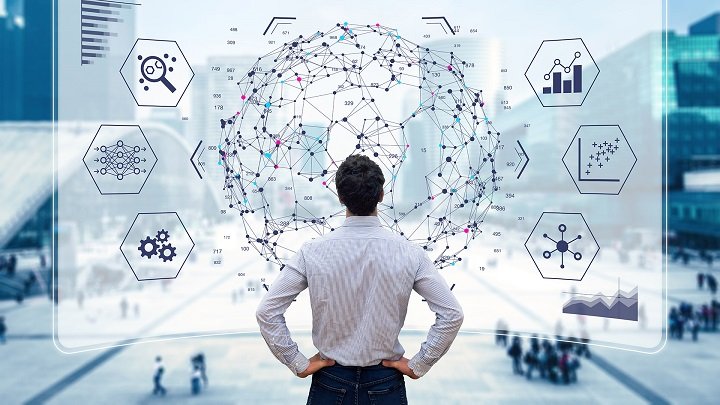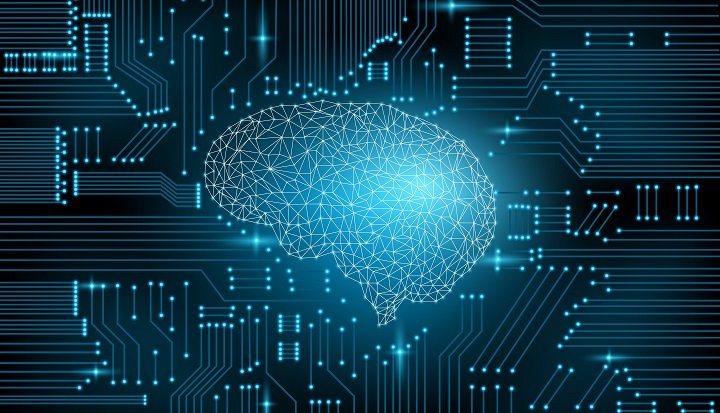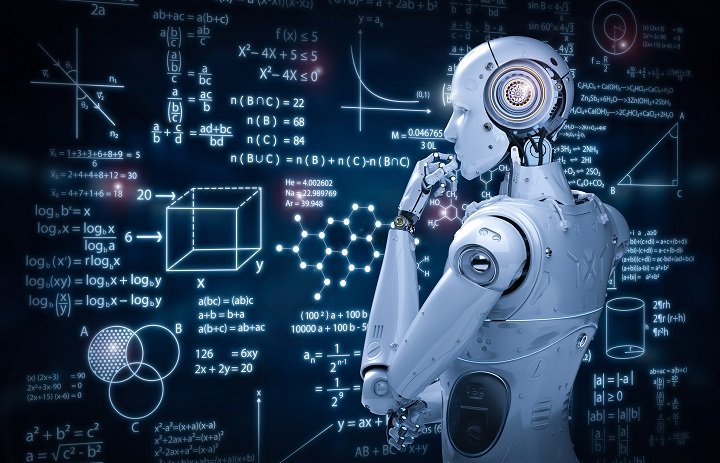Data Science and Machine Learning in today’s world, we hear a lot about data science and machine learning. But what exactly are they? And why do they matter so much? In this blog post, we’ll break it down in a simple way, explore how these concepts work, and learn how they are shaping the world around us. By the end, you’ll have a good understanding of both data science and machine learning and why they’re so important.
What is Data Science and Machine Learning?
Data science is all about collecting, analyzing, and using data to solve problems or answer questions. Data is everywhere: it’s in the weather reports we check, the social media apps we use, and even the online games we play. This data can tell us a lot, but only if we know how to look at it properly. That’s where data science comes in.
Data scientists take big piles of data and find useful information in it. They use this information to help businesses, governments, and other organizations make better decisions. For example, if a company wants to know what product is popular, they can use data science to figure it out by looking at what people are buying.
What is Machine Learning?
Machine learning is a part of data science, but it’s a little different. Imagine teaching a computer to do something by itself. That’s what machine learning is all about. Computers learn from data and make predictions or decisions without needing someone to program every single step.
Let’s say you have a computer program that looks at pictures of cats and dogs. You don’t need to tell it what a cat or dog looks like. Instead, you show it lots of pictures, and it starts to recognize which pictures have cats and which have dogs. Over time, it gets better and better at this.
This is possible because of something called algorithms. An algorithm is a set of rules the computer follows. In machine learning, these algorithms help the computer learn patterns from the data.
Why Are Data Science and Machine Learning Important?
Both data science and machine learning are incredibly important because they help solve real-world problems. They make things faster, more efficient, and sometimes even possible when they weren’t before.
For example, have you ever wondered how Netflix recommends shows you might like? That’s machine learning at work! Netflix looks at what shows you’ve watched before and uses that data to guess what you’ll enjoy next. Similarly, when you search for something on Google, the results you see are often based on machine learning, helping you find the answers faster.
Data science helps companies understand their customers better, improves healthcare by analyzing patient data, and even helps predict the weather. The possibilities are endless.
The Role of Data in Our Daily Lives
Before we go deeper into how data science and machine learning work, let’s talk about how much data surrounds us. Every time you use your phone, computer, or even a smartwatch, data is being collected. Here are a few examples:
- Social Media: Every like, comment, and post you make is data that platforms like Facebook and Instagram use to figure out what content to show you.
- Online Shopping: Amazon and other online retailers track your purchases, the things you search for, and even how long you look at certain products. They use this data to recommend things you might want to buy.
- Fitness Trackers: Devices like Fitbits or Apple Watches track your steps, heart rate, and sleep patterns. This data can help you improve your health and fitness.
All of this data can be used to make our lives easier, but it can also be overwhelming. That’s why data scientists are so important—they make sense of all this data and help people and companies use it in helpful ways.
How Data Science and Machine Learning
The process of data science can be broken down into a few steps:
- Collecting Data: The first step is to gather the data. This can be from many sources like websites, surveys, or sensors. For example, if a company wants to know what products are selling best, they’ll collect data from their sales records.
- Cleaning Data: Once the data is collected, it’s not always perfect. Some data might be missing or incorrect. Data scientists clean up the data to make sure it’s accurate and ready to use.
- Analyzing Data: After the data is cleaned, it’s time to analyze it. This means looking for patterns or trends. Data scientists use tools like statistics and programming to do this.
- Interpreting Results: Once the data has been analyzed, the next step is to figure out what the results mean. If the data shows that a certain product is selling better in one area than another, the company might focus their marketing efforts in that area.
- Making Decisions: Finally, the results are used to make decisions. In our example, the company might decide to stock more of the popular product in certain stores.
How Machine Learning Works
Machine learning might sound complicated, but it’s based on a simple idea: computers can learn from data, just like humans learn from experience. There are a few key steps involved:
- Training: The first step in machine learning is to “train” the computer. You give it lots of data to learn from. For example, if you want it to recognize pictures of cats, you’ll show it thousands of pictures of cats and label them as “cat.”
- Learning: As the computer looks at more and more data, it starts to learn the patterns. It might notice that cats usually have pointy ears, whiskers, and a certain shape.
- Testing: Once the computer has learned enough, it’s time to test it. You show it new pictures of cats and dogs and see if it can tell which is which.
- Improving: If the computer makes mistakes, you can correct it and give it more data to learn from. Over time, it gets better and better.
Real-World Examples of Data Science and Machine Learning
Now that you have a basic understanding of what data science and machine learning are, let’s look at some real-world examples of how they’re used.
1. Healthcare
In healthcare, data science is used to analyze patient records, find patterns in diseases, and even help doctors make better diagnoses. Machine learning can predict health problems before they happen by analyzing patterns in medical records.
2. Self-Driving Cars
Companies like Tesla use machine learning to teach cars how to drive. These cars learn from data collected by sensors and cameras. They can recognize traffic signs, avoid obstacles, and even park themselves!
3. Online Recommendations
Amazon, Netflix, and YouTube all use machine learning to recommend products, movies, and videos. They look at your past behavior and compare it with data from millions of other users to figure out what you might like.
4. Finance
Banks and financial companies use data science to detect fraud. By analyzing millions of transactions, they can spot unusual patterns and stop fraudulent activities before they cause harm.
Why Should You Care About Data Science and Machine Learning?
You might be thinking, “This all sounds cool, but why should I care?” The truth is, data science and machine learning are already a big part of your life, even if you don’t realize it. From the way you shop to the shows you watch, these technologies are influencing your choices.
As data continues to grow, companies and governments will rely even more on data science and machine learning to solve problems. Understanding these concepts, even at a basic level, can help you better navigate the world around you. Who knows? You might even find a future career in one of these fields!
Conclusion
In conclusion, data science and machine learning are not just buzzwords. They are powerful tools that are shaping our world in ways we couldn’t have imagined just a few years ago. Whether it’s recommending your next favorite TV show or predicting the weather, these technologies are making life easier and more efficient.
Now that you have a clearer understanding of what data science and machine learning are, take a moment to think about how they might be affecting your daily life. The next time you get a product suggestion or watch a self-driving car, you’ll know the science behind it.



